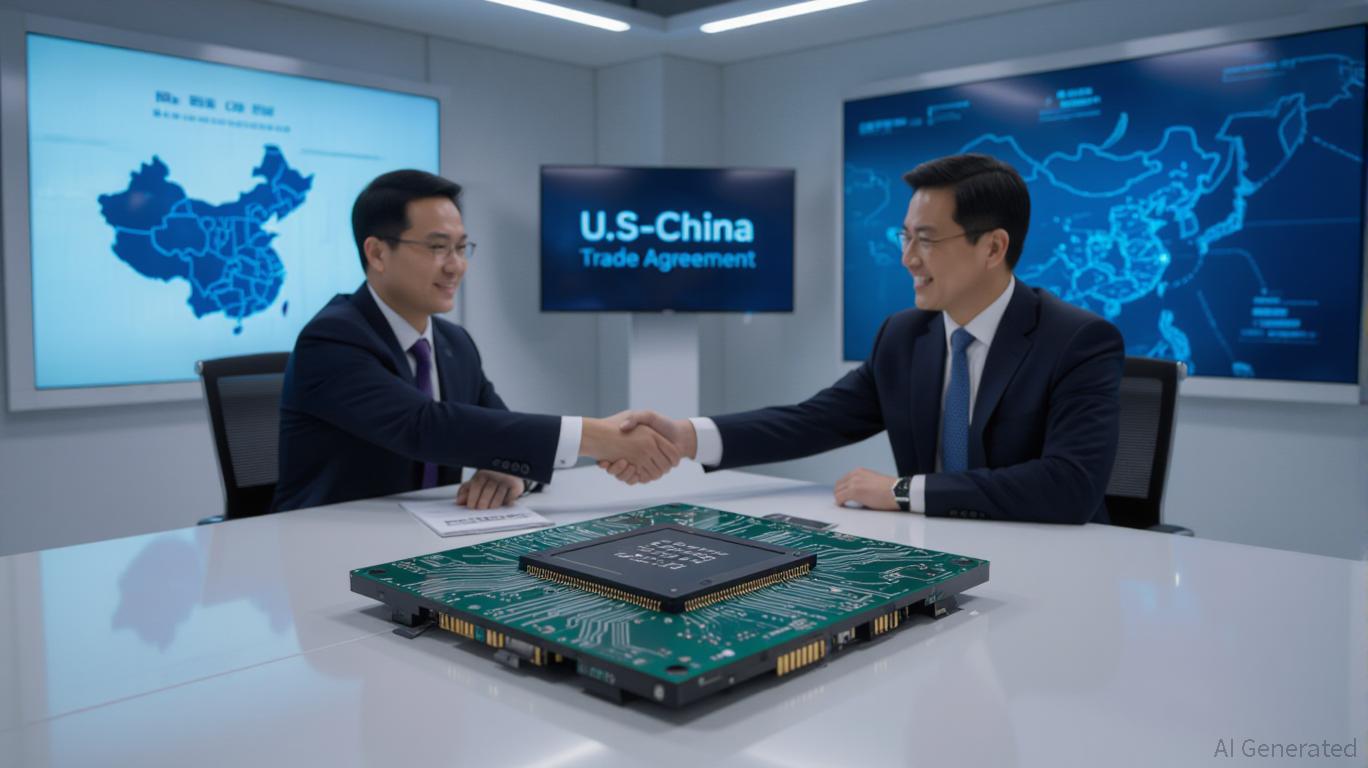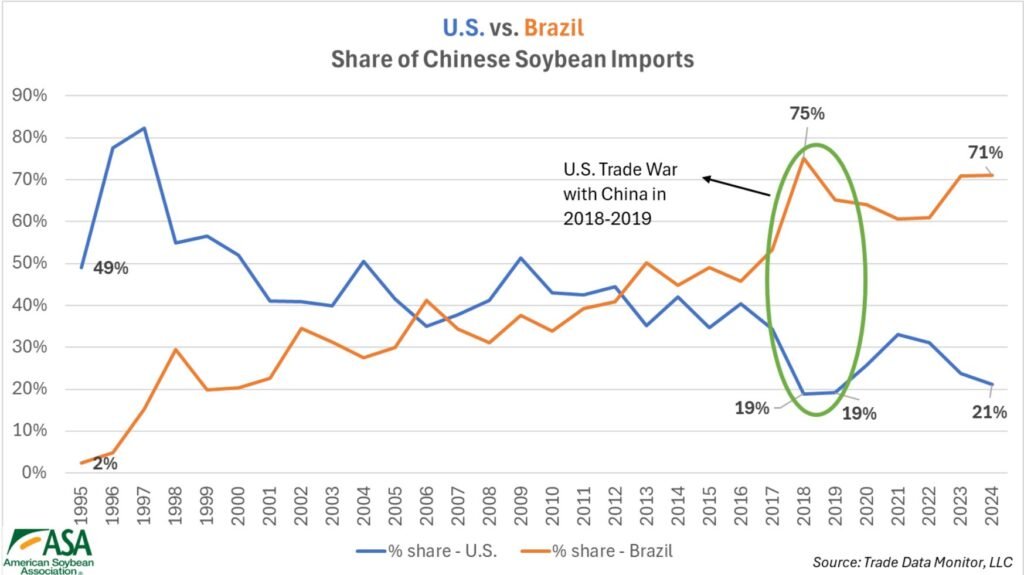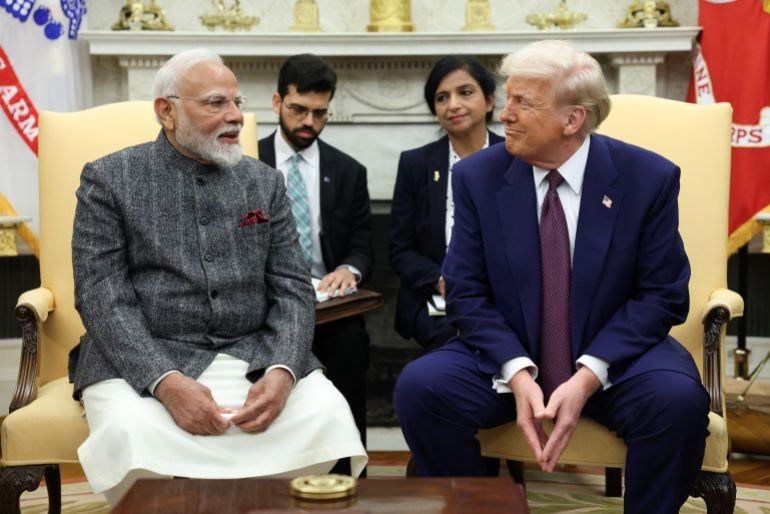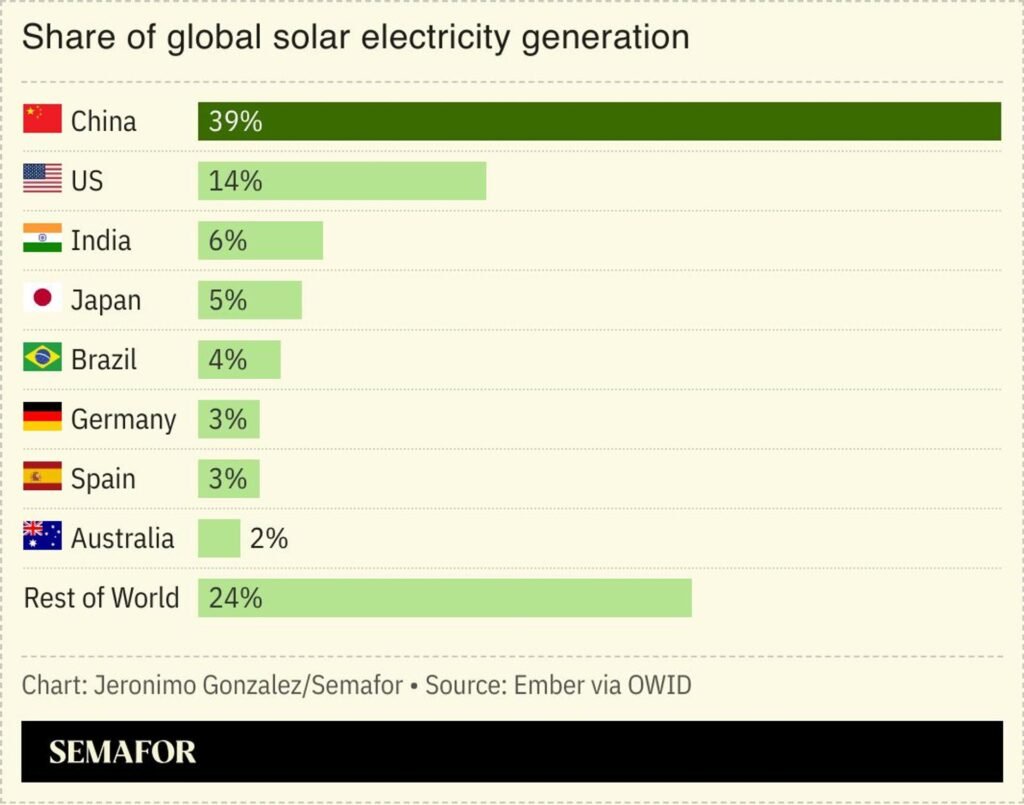
The 2025 U.S.-China AI chip deal has ignited a firestorm of debate, pitting national security concerns against the economic allure of China’s vast AI market. At its core, the agreement allows U.S. tech giants like Nvidia and AMD to sell modified AI chips (Nvidia’s H20 and AMD’s MI308) to China in exchange for a 15% revenue cut to the U.S. government. While the Trump administration frames this as a win for American tech leadership, investors and analysts are grappling with the long-term implications for the semiconductor sector—and the broader U.S.-China tech rivalry.
A High-Stakes Trade-Off
The deal’s structure is unprecedented. By monetizing export licenses, the U.S. government has effectively created a revenue stream from its own export controls. For Nvidia and AMD, this means access to China’s $17 billion AI chip market—critical for maintaining their global dominance in AI hardware—comes at the cost of reduced profit margins. The 15% cut could shave 5–15 percentage points off gross margins, a significant hit for companies already navigating a volatile geopolitical landscape.
Yet the arrangement also raises red flags. Critics argue that the U.S. is trading its technological edge for short-term financial gains. “You either have a national security problem or you don’t. If you have a 15% payment, it doesn’t somehow eliminate the national security issue,” one security expert noted. The deal’s legality is also in question: the U.S. Constitution prohibits export taxes, and this revenue-sharing model could set a dangerous precedent for future trade policies.
Market Reactions and Strategic Shifts
The financial markets have responded with caution. Upon the deal’s announcement, both Nvidia and AMD saw their shares dip by 1–3%, reflecting investor concerns over margin compression. However, the long-term outlook remains mixed. While the 15% cut is a drag, the resumption of Chinese sales could offset losses if demand for AI chips surges. For example, Nvidia’s H20 chip, though less powerful than its H100 counterpart, still commands a premium in China’s AI data centers, where energy costs are lower due to hydropower and nuclear infrastructure.
Meanwhile, Chinese buyers are not passive participants. State-linked media has raised alarms about “backdoors” in U.S. chips, and companies like ByteDance and Alibaba have been instructed to pause purchases pending national security reviews. This suggests that China is hedging its bets, accelerating domestic alternatives like Huawei’s Ascend chips, which now capture 20–30% of the AI chip market.
Regulatory Uncertainty and Geopolitical Risks
The deal has also reshaped the regulatory landscape. The U.S. government has imposed stricter export controls, including mandatory tracking devices on shipped chips and post-sale location verification. These measures add operational complexity for chipmakers, who must now balance compliance with profitability. Additionally, the Trump administration’s rescission of the Biden-era AI diffusion rule has created regulatory ambiguity, forcing companies to recalibrate their strategies.
For investors, the key risk lies in policy volatility. If the U.S. government seeks to increase its revenue share in the future—say, to 20% or more—as sales grow, margins could erode further. Conversely, if China’s domestic chip industry gains traction, U.S. firms could lose market share. The semiconductor sector is also vulnerable to U.S. tariffs on manufacturing equipment, which could inflate costs for companies like TSMC and Intel.
Opportunities in a Fractured Landscape
Despite the risks, the deal presents opportunities for investors who can navigate the shifting terrain. For one, the U.S. is unlikely to abandon its AI leadership ambitions. The Trump administration’s “America’s AI Action Plan” and the CHIPS Act signal a long-term commitment to domestic semiconductor production, which could benefit firms with strong R&D pipelines. Nvidia’s upcoming Blackwell architecture and AMD’s MI350, for instance, are positioned to outperform Chinese alternatives in critical applications like autonomous vehicles and biotech.
Moreover, the deal may accelerate diversification. With China’s market access uncertain, U.S. chipmakers are pivoting to regions like the Middle East and Southeast Asia, where demand for AI infrastructure is growing. This could mitigate reliance on a single market and reduce exposure to geopolitical shocks.
Investment Advice: Diversify and Hedge
For investors, the key takeaway is to balance exposure to U.S. semiconductor leaders with hedging strategies. Here’s how:
- Prioritize R&D-Driven Firms: Companies like Nvidia and AMD, which invest heavily in next-gen architectures, are better positioned to maintain their competitive edge despite regulatory headwinds.
- Diversify Revenue Streams: Firms with diversified markets (e.g., NVIDIA’s gaming and automotive segments) are less vulnerable to China-related losses.
- Monitor Policy Shifts: Stay attuned to U.S. export control policies and China’s “Made in China 2025” progress. A sudden tightening of restrictions or a breakthrough in Chinese chipmaking could reshape the sector overnight.
- Consider Alternatives: For risk-averse investors, exposure to AI software platforms (e.g., generative AI tools) or energy-efficient chip designs may offer more stable returns.
Conclusion: A Delicate Equilibrium
The U.S.-China AI chip deal is a microcosm of the broader tech rivalry—a tug-of-war between economic pragmatism and strategic caution. For investors, the semiconductor sector remains a high-reward, high-risk arena. While the 15% revenue cut and regulatory uncertainties pose challenges, the long-term potential for AI-driven growth is undeniable. The winners will be those who can adapt to a fractured global landscape, balancing innovation with geopolitical agility.
As the U.S. and China continue their race for AI dominance, one thing is clear: the semiconductor sector will remain a battleground for technological and economic supremacy. Investors who navigate this terrain with foresight—and a healthy dose of skepticism—may yet find opportunity in the chaos.







